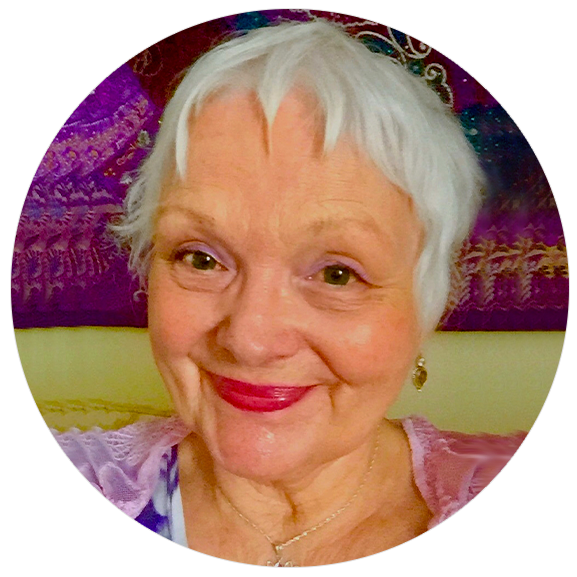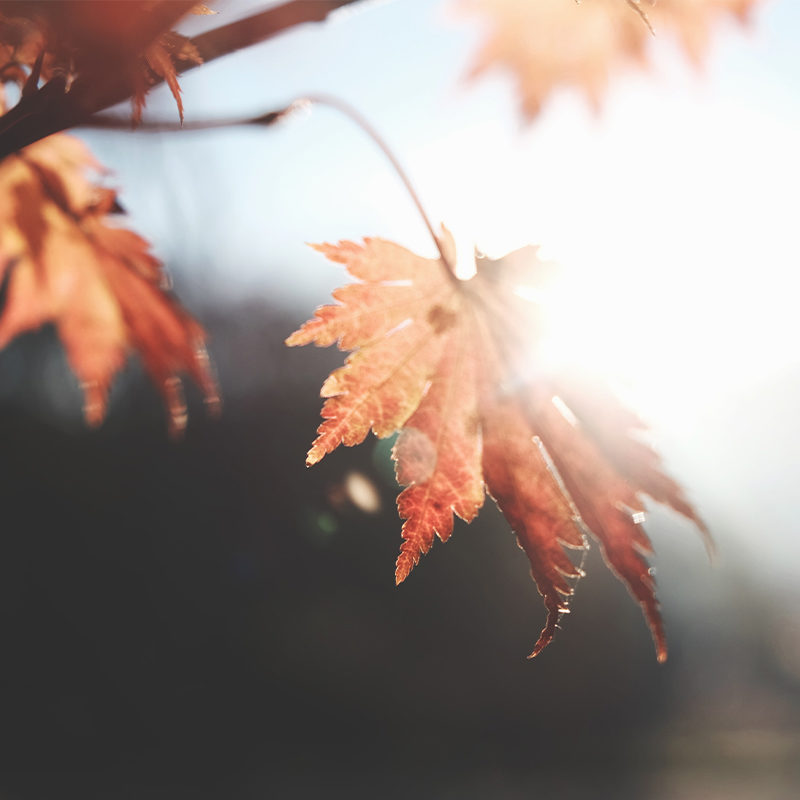Recently I watched a documentary about the exceptional life and music of the vocalist Linda Ronstadt. Now 73, living with Parkinson’s disease, wheelchair dependent and no longer able to sing, she displayed an acceptance of her current reality with her characteristic optimism and humor. One quote in particular has continued to resonate with me. She asks “People want to talk about life after death, but what about life before death? How do we want to live?” This deceptively simple question is at the heart of conscious aging.
Conscious aging is an ongoing process of determining what really matters and supporting that through our choices, thoughts and actions. While this may seem obvious, in actuality the unconscious influences we have internalized over a lifespan often keep us operating in a default mode; reacting to life, rather than responding with intention. What do we believe about age? How does that impact how we feel about ourselves and others?
Aging is not the terrain only of older people. As poet laureate and bard Bob Dylan observed, “He not busy being born is busy dying.” Yet we reserve the term ‘aging’ for people in the last third of life. This sets up a dualistic concept of young versus old, to the detriment of both. Woven into the fabric of our daily existence is the worldview that ‘old’ is undesirable, that diminishment and irrelevance are inevitable. This in turn fosters the belief that the only means to “successful aging” is to act, think, feel and identify as youthful. But by disallowing the reality of our years, we deny their intrinsic value and do ourselves a great disservice.
We all have been imprinted by what was modeled to us; children learn societal norms, including attitudes towards age, gender and ethnicity, in the first seven years of life. According to cell biologist Bruce Lipton, PhD, the activity of our conscious mind is associated with the prefrontal cortex, the seat of our personal identity and creativity. Astonishingly, the conscious mind attends to and manages the present moment on average only about 5% of the time. Lipton goes on to say that by default, the remaining 95% of our cognitive activity is controlled by previously acquired programs downloaded into the subconscious mind. Think about that…when we are not operating from our creative conscious mind, which is the majority of the time, we are operating out of habit, i.e. our acculturation. There is no doubt we feel the effects of institutionalized ageism, but rarely are we aware of the more subtle internalized ageism that molds our attitudes, beliefs, actions and choices.
Which brings us back to what it means to age consciously. With willingness, intention, openness and curiosity, we can engage our creative mind in exploring what assumptions we hold. Noticing our internal dialogue and the things we habitually say can help reveal the ways we limit ourselves and perpetuate ageist stereotypes. Consciously paying attention to the language we use has a powerful ripple effect. Our words have power. How often, for example, do we say “I’m having a senior moment?” There are so many assumptions about age in that statement alone. I now choose to say “I’m having a human moment!” The process of challenging everything we have heard and been told about ‘old’ can lead to shifts in consciousness that open the door to a more expansive experience of aging.
I don’t want to oversimplify however. Awakening to our internalized ageism can sometimes be a sudden revelatory moment, but more often it is a gradual process, one layer at a time. Just as our habitual thinking was ingrained through repeated reinforcement, so too our conscious awareness continually evolves; requiring daily, even moment to moment, practice. Rudolph Tanzi, PhD, a recognized leader in the field of neuroplasticity, tells us that, when we change our habitual thoughts and behaviors, we actually rewire our neurocircuitry and may even alter our genes. Enabling our conscious awareness changes our brain and has a positive impact on our health and overall wellbeing. Some practices available to assist us along the way are: kindness towards ourselves; forgiveness; reviewing our life journey to remember what has given us strength, purpose and meaning; honestly contemplating impermanence and death; identifying role models and reaching out to others. Never underestimate the power of humor as well! These are some of the tools offered in the IONS Conscious Aging workshops. While there is much over which we have little or no control, we do have the opportunity for greater authenticity, connection and drawing from the deeper well of inner knowing. As the poet Walt Whitman noted in his work Leaves of Grass, “I am large, I contain multitudes.” Reframing aging is a radical act towards interconnectedness and transforming the narrative of life, not just for ourselves, but for all.
In a recent conversation with a friend, she lamented the fact that at her stage of life, ostensibly freed from past burdens and responsibilities, she had expected to have an easier time, to finally be happy. Yet instead she found herself frustrated with physical limitations and bouts of despair, feeling she should still be able to do what she once had been able to do. Many of us find it challenging to adapt to our changes as we age and to the reminders of impermanence with which we are increasingly presented. Comparing our older selves to our younger versions is one of the most difficult mindsets to let go of. Self compassion is a key element of aging consciously which can help us find the natural balance and flow between doing and being, and accepting life as it is. Like my friend, many of us feel that the happiness we expected eludes us. Society places a great premium on the pursuit of happiness, promising that if only we act and look a certain way, or buy certain products, we will be happy. Perhaps the quest for happiness inhibits us from the full expression and appreciation of ourselves, wherever we are in the process. Happiness is, for the most part, conditional and dependent on external factors which, in an impermanent world, are always subject to change. Alternatively, we can seek peace. Peace is always possible, a quality that radiates from within, a choice we can make by consciously shifting our perspective, regardless of our circumstances. Life is messy, aging is messy…and precious. With the practice of awareness, acceptance, compassion and peace, we can find the answers to the questions posed by Linda Ronstadt: “What about life before death? How do we want to live?”
Discover more about the next online IONS Conscious Aging Workshop, starting Thursday, October 17th.
About the Author
 Evalina Everidge
Evalina Everidge
I am a retired Hospice RN, holistic consultant, life transitions counselor, and a jazz vocalist. I’m passionate about exploring a perspective of aging that embraces possibility, inclusivity and an appreciation of impermanence. The privilege of supporting others at the edge of their physical existence gave me gifts of awareness that continue to guide and inspire me in determining what really matters. I continually find compassion and strength engaging in conversation with other older people about the humility, challenges and joy of reframing aging. I am a Certified IONS Conscious Aging Facilitator and a member of A Tribe Called Aging. You can find me at www.seasonedpathways.com
